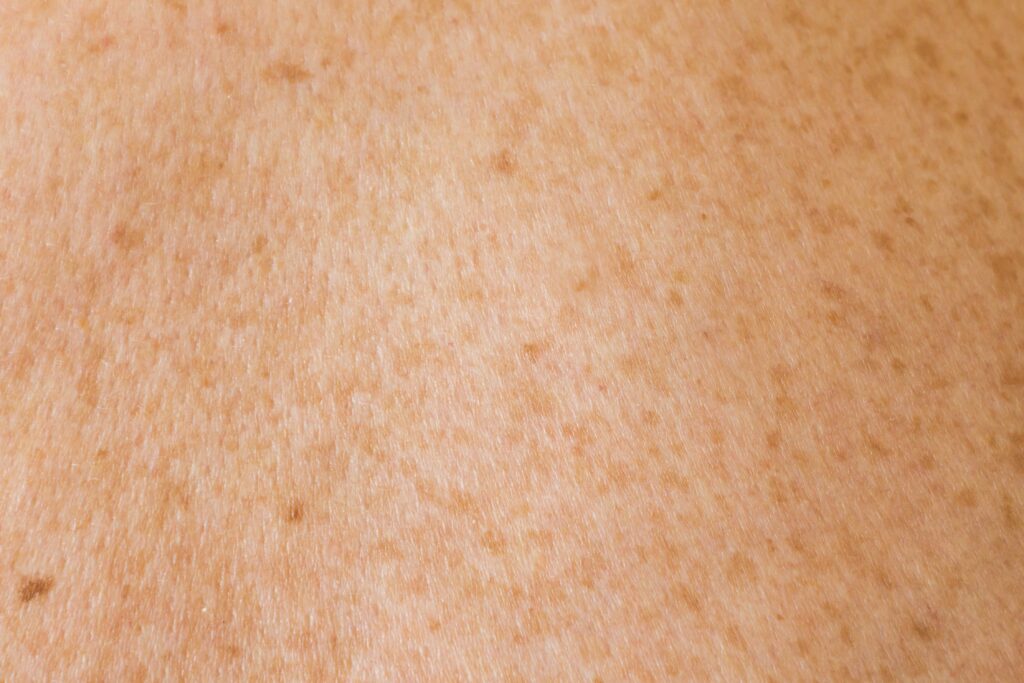Moles are a common occurrence on the human body and can vary in size, shape, and color. These small, pigmented spots are generally harmless but can sometimes be a cause for concern. In this article, we will delve into what moles are, the different types of moles and their significance, and explore both homeopathic and medicinal remedies for clearing moles. Additionally, we will discuss where moles commonly occur on the face and body, how the treatment methods may differ depending on their location, the potential concerns around moles, and steps you can take to prevent their occurrence over time.

What are Moles?
Moles, also known as nevi, are clusters of pigmented cells that appear as dark spots on the skin. They are typically brown in color but can range from tan to black. Moles can be flat or raised and may vary in size. While most moles are harmless, some can develop into skin cancer, particularly if they undergo significant changes in size, shape, or color.
Different Types of Moles and Their Significance:
- Common Moles: These moles are generally harmless and are usually round or oval with a smooth surface. They may appear anywhere on the body.
- Atypical Moles: Atypical moles, also known as dysplastic nevi, have irregular shapes, uneven borders, and uneven color distribution. They can be larger than common moles and are associated with a higher risk of developing into melanoma, a type of skin cancer.
- Congenital Moles: Congenital moles are present at birth and can vary in size and color. Larger congenital moles have a higher risk of developing into melanoma.
Homeopathic and Medicinal Remedies for Clearing Moles:
It’s important to note that homeopathic remedies have not been scientifically proven to effectively clear moles. However, some individuals may choose to explore these options. Homeopathic remedies for mole removal may include applying natural substances like tea tree oil, apple cider vinegar, or garlic to the mole. It is advisable to consult a healthcare professional before attempting any homeopathic remedy to ensure safety and effectiveness. A popular homeopathic ointment used for mole removal is H-Moles formula by Healing Natural Oils, it has over 300 reviews by customers and has been produced since 2001. Its main ingredients being Calendula officinalis 12C, Phytolacca decandra 12C and Thuja occidentalis 12C.
Medicinal remedies for mole removal are typically performed by a dermatologist. These methods may include surgical excision, where the mole is cut out and the wound is closed with stitches, or laser removal, which uses laser technology to break down the pigmented cells of the mole.
Mole Locations and Treatment Differences:
Moles can occur on various parts of the body, including the face. Facial moles, especially those in prominent areas, can sometimes cause cosmetic concerns. When removing facial moles, dermatologists consider factors such as the mole’s size, location, and potential scarring. Techniques like surgical excision, laser removal, or shave excision (scraping off the mole’s surface) may be used, depending on the individual case.
Concerns around Moles:
While most moles are harmless, certain changes in moles should be monitored and evaluated by a dermatologist. Warning signs include asymmetry, irregular borders, changes in color or size, and itching or bleeding. Any of these changes may indicate the development of skin cancer, particularly melanoma. Early detection and treatment of melanoma significantly increase the chances of successful treatment.
Preventing the Occurrence of Moles:
Moles are primarily determined by genetic factors and sun exposure. While you cannot completely prevent the occurrence of moles, you can take steps to minimize their development and reduce the risk of melanoma:
- Limit sun exposure: Protect your skin from excessive sun exposure by wearing sunscreen, protective clothing, and hats.
- Avoid tanning beds: Artificial UV radiation can increase the risk of developing moles

